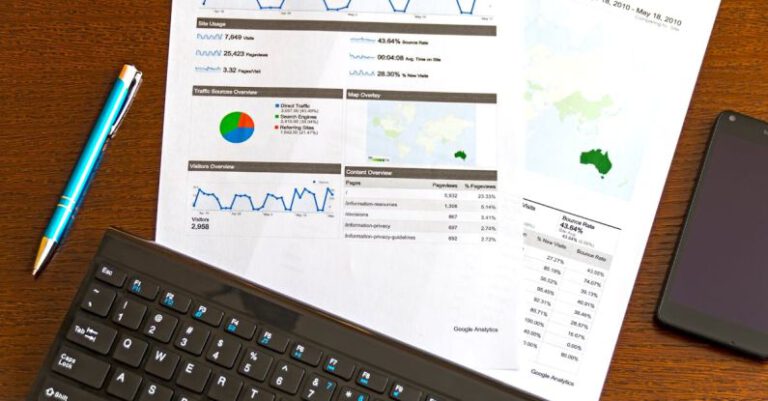
Cryptocurrency investments have become increasingly popular in recent years as more people look to diversify their portfolios and take advantage of the potential gains in the digital asset market. While investing in cryptocurrencies can be profitable, it also comes with its own set of risks and challenges. One way to navigate these challenges is by using technical analysis to make informed investment decisions. In this article, we will explore how you can leverage technical analysis to enhance your crypto investments.
Understanding Technical Analysis
Technical analysis is a method used by traders and investors to evaluate and forecast the future price movements of an asset based on its historical price and trading volume data. Unlike fundamental analysis, which focuses on the intrinsic value of an asset, technical analysis relies on charts and patterns to identify trends and make trading decisions.
Chart Patterns
One of the key components of technical analysis is the identification of chart patterns. Chart patterns are formations that appear on price charts and can provide valuable insights into the future direction of an asset’s price. Some common chart patterns used in technical analysis include head and shoulders, double tops and bottoms, triangles, and flags.
Moving Averages
Moving averages are another important tool in technical analysis. A moving average is a trend-following indicator that smooths out price data by creating a constantly updated average price. Traders often use moving averages to identify trends and potential entry and exit points for trades.
Support and Resistance Levels
Support and resistance levels are price levels at which an asset’s price tends to stall or reverse. Support levels act as floors for an asset’s price, while resistance levels act as ceilings. Traders use these levels to gauge the strength of a trend and make decisions about when to buy or sell an asset.
Relative Strength Index (RSI)
The Relative Strength Index (RSI) is a momentum oscillator that measures the speed and change of price movements. The RSI ranges from 0 to 100 and is used to identify overbought or oversold conditions in an asset’s price. Traders often use the RSI to confirm trends and determine potential reversal points.
Implementing Technical Analysis in Your Crypto Investments
Now that you have a basic understanding of technical analysis and its components, let’s discuss how you can implement this method in your crypto investments.
Choose the Right Timeframe
When using technical analysis for crypto investments, it is important to choose the right timeframe for your analysis. Short-term traders may focus on hourly or daily charts, while long-term investors may prefer weekly or monthly charts. The timeframe you choose will depend on your investment goals and risk tolerance.
Combine Multiple Indicators
To increase the accuracy of your analysis, consider combining multiple technical indicators. For example, you could use a moving average crossover strategy along with support and resistance levels to confirm potential trade opportunities. By using a combination of indicators, you can reduce the risk of false signals and make more informed decisions.
Practice Risk Management
Regardless of the analysis method you use, risk management is crucial when investing in cryptocurrencies. Set stop-loss orders to limit your losses and avoid risking more than you can afford to lose on a single trade. By practicing proper risk management, you can protect your capital and preserve your profits in the volatile crypto market.
Stay Informed
Finally, stay informed about market news and developments that could impact the price of cryptocurrencies. Technical analysis is just one tool in your investment toolbox, and it is essential to consider both technical and fundamental factors when making investment decisions.
In conclusion,
Using technical analysis can help you make more informed decisions when investing in cryptocurrencies. By understanding chart patterns, moving averages, support and resistance levels, and indicators like the RSI, you can identify trends and potential trade opportunities in the crypto market. Remember to choose the right timeframe, combine multiple indicators, practice risk management, and stay informed to maximize your chances of success in the digital asset market.





